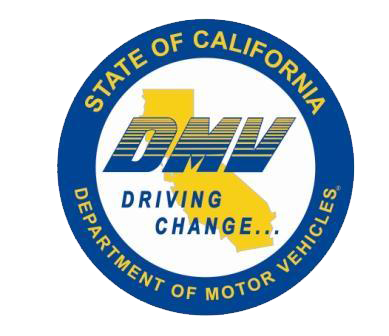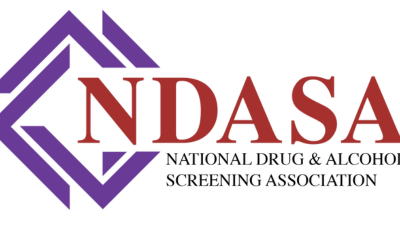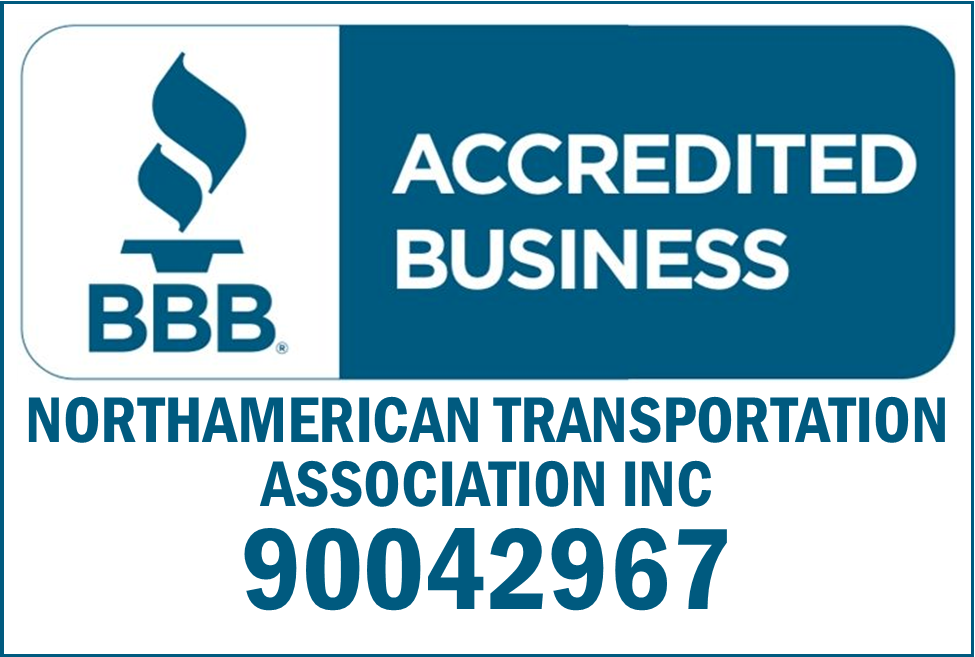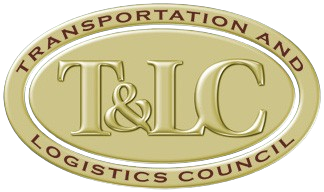Understanding the FMCSA Safety Fitness Standard
The Federal Motor Carrier Safety Administration (FMCSA) is the governing body for all motor carriers and, as such, determines a company’s compliance using the Safety Fitness Standard.
Based on their findings during a compliance review, the FMCSA determines a Safety Rating for the fleet based on the Safety Fitness Standard. They will receive one of three ratings —conditional, unsatisfactory, or satisfactory. The process for determining a safety rating can be found in 49 CFR 385, Appendix B.
FMCSA auditors conduct compliance reviews and audits as warranted — remotely or on-site — typically triggered when they receive a legitimate complaint about a carrier, if the carrier is involved in a high-profile crash, or if their CSA BASIC scores are above a reasonable threshold. In these cases, auditors rely on the Safety Management Cycle (SMC) to determine what safety management processes are in place, which processes might be breaking down, why they’re breaking down, and how they can be fixed.
Safety Ratings
Here’s information about each of the safety ratings.
CONDITIONAL SAFETY RATING
This rating indicates a carrier does not have adequate safety management controls in place to ensure compliance. The company needs to make some changes to show it is working on the problem areas.
Although the carrier is not required to take action after getting a conditional rating, it‘s not something to take lightly. It could mean increased insurance rates and a reduced ability to attract and retain customers and qualified drivers.
UNSATISFACTORY SAFETY RATING
This rating indicates that a motor carrier does not have adequate safety management controls in place to ensure compliance, and its violations are to such a degree that they are prohibited from operating commercial motor vehicles.
A satisfactory rating indicates the motor carrier’s safety
SATISFACTORY SAFETY RATING
management controls are considered functioning and adequate.
New Entrants
All new fleets (known as New Entrants) are given a “new entrant registration” status, and their safety management practices are monitored for 18 months. The FMCSA will perform a new entrant safety audit once the carrier has been in operation long enough to have sufficient records to evaluate the adequacy of its basic safety management controls — typically within the first three months of operation.
The compliance documents and processes examined for new entrants are the same as for those companies that have been in business for years. The safety audit monitors and assists a new company in establishing a sound safety program from the onset. It is for educational purposes and will not result in a safety rating. However, if inadequate basic safety management controls are found during a safety audit, the new entrant will be unable to continue operating in interstate commerce.
Protect Your Company
Anyone can view safety ratings on the SAFER website, making it essential to stay on top of your rating. Use your CSA BASIC scores as an advanced warning system. They can alert you to future enforcement actions — if your scores go higher, so do the odds of an audit or other review.
Be proactive.
- Ensure your CSA data is accurate. If you see bad data in the system, such as crashes or roadside violations that don’t belong to you, challenge them using the DataQs system.
- Look for trends in the types of violations you’re seeing. Download your violation and inspection data for each BASIC and analyze it.
- Take action. Use a “continuous improvement” model when you find deficiencies. The Safety Management Cycle is a great place to start.
- Repeat the process. Keep your CSA scores low is a continuous cycle of review, analysis, and action.
By monitoring, analyzing, and acting on your CSA scores and other data found in the CSA system, you can stay off the FMCSA’s radar.
Content Disclaimer: Due to the constantly changing nature of government regulations, it is impossible to guarantee the total and absolute accuracy of the material contained herein or presented. NorthAmerican Transportation Association (NTA) cannot and does not assume any responsibility for omissions, errors, misprinting or ambiguity contained. NTA shall not be held liable in any degree for any loss, damage or injury caused by any such omission, error, misprinting or ambiguity present. It is made available with the understanding that NTA is not engaged in rendering legal, accounting or other professional service. If legal advice or other expert service is required, the services of such a professional should be sought.











